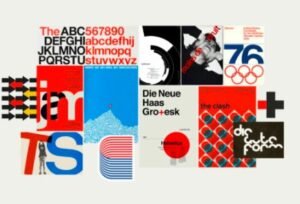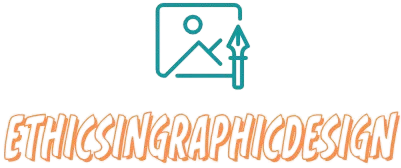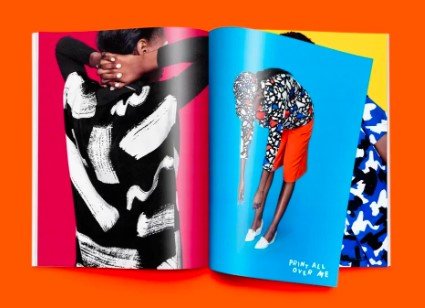Modern Approaches to Graphic Design
Graphic design is a dynamic field, continually evolving with technological advancements and cultural shifts. The modern approach to graphic design integrates new tools, trends, and methodologies to create compelling visuals. This article explores the contemporary techniques and principles driving the field forward, highlighting key elements that define today’s graphic design landscape.

Embracing Minimalism
Minimalism remains a dominant trend in graphic design. This approach focuses on simplicity, using clean lines, ample white space, and limited color palettes. Minimalist design reduces visual clutter, making content more accessible and engaging. By stripping away unnecessary elements, designers create a clear and focused message, allowing key information to stand out.
Utilizing Bold Typography
Typography plays a crucial role in modern graphic design. Bold and expressive fonts capture attention and convey personality. Designers experiment with custom typefaces, oversized text, and creative lettering to make designs more dynamic. Typography not only enhances readability but also reinforces brand identity and sets the tone for visual communication.
Incorporating Dynamic Visuals
Dynamic visuals, including animations and interactive elements, are becoming increasingly popular. Motion graphics and animated infographics add movement to static designs, making them more engaging. Interactive elements, such as clickable prototypes and scroll-triggered animations, enhance user experience by creating a more immersive and responsive interaction.
Leveraging Data Visualization
Data visualization transforms complex information into easily understandable graphics. Modern designers use charts, graphs, and infographics to present data clearly and attractively. Effective data visualization helps audiences grasp trends, patterns, and insights quickly, making it a valuable tool for communication in both digital and print media.
Exploring Abstract and Geometric Shapes
Abstract and geometric shapes add a contemporary edge to graphic design. Designers use these forms to create visually striking compositions that capture attention. Abstract shapes can convey complex ideas and emotions, while geometric patterns offer structure and harmony. This approach allows for creative freedom and innovation in visual storytelling.
Adopting Sustainable Design Practices
Sustainability is an emerging trend in graphic design. Designers are increasingly aware of their environmental impact and are adopting eco-friendly practices. This includes using recyclable materials, minimizing waste, and opting for sustainable printing methods. Sustainable design reflects a commitment to environmental responsibility and resonates with eco-conscious audiences.
Integrating Augmented Reality (AR)
Augmented Reality (AR) introduces a new dimension to graphic design. AR technology overlays digital elements onto the real world, enhancing user interaction with designs. Designers create AR experiences for advertising, education, and entertainment, blending physical and digital environments. This innovative approach offers new possibilities for engaging audiences in unique ways.
Employing Custom Illustrations
Custom illustrations add a personal touch to graphic design. Unlike stock images, bespoke illustrations reflect a brand’s identity and message. Designers use hand-drawn or digital illustrations to create distinctive visuals that stand out. Custom artwork allows for greater creativity and originality, enhancing the overall impact of design projects.
Prioritizing User Experience (UX)
User Experience (UX) design is integral to modern graphic design. UX principles focus on creating intuitive and enjoyable interactions for users. Designers consider usability, accessibility, and functionality when crafting visuals. A well-designed user interface (UI) ensures that users can navigate and interact with content seamlessly, improving overall satisfaction.
Embracing Responsive Design
Responsive design ensures that graphics adapt seamlessly to different devices and screen sizes. This approach is essential for delivering a consistent user experience across desktops, tablets, and smartphones. Designers use flexible grids, fluid images, and media queries to create designs that adjust automatically, providing optimal viewing on any device.
Harnessing the Power of Color
Color theory remains a fundamental aspect of graphic design. Modern designers use color strategically to evoke emotions, create contrast, and reinforce brand identity. Trends such as vibrant hues, gradient effects, and color blocking add visual interest and appeal. Effective use of color enhances the overall aesthetic and communicates messages powerfully.
Leveraging AI and Automation
Artificial Intelligence (AI) and automation are transforming graphic design processes. AI tools assist in tasks such as image recognition, pattern generation, and content creation. Automation streamlines repetitive tasks, allowing designers to focus on creativity and strategy. These technologies enhance efficiency and open up new possibilities for innovative design solutions.
Fostering Collaboration and Community
Collaboration and community play a significant role in modern graphic design. Designers connect through online platforms, forums, and social media, sharing ideas and feedback. Collaborative tools enable teams to work together on projects, regardless of location. This collective approach fosters creativity and drives the evolution of design practices.
Conclusion
The modern approach to graphic design is characterized by innovation, creativity, and a focus on user experience. From minimalism and bold typography to dynamic visuals and sustainable practices, today’s graphic design embraces new trends and technologies. As the field continues to evolve, designers will explore new ways to communicate visually, shaping the future of design and visual storytelling.



